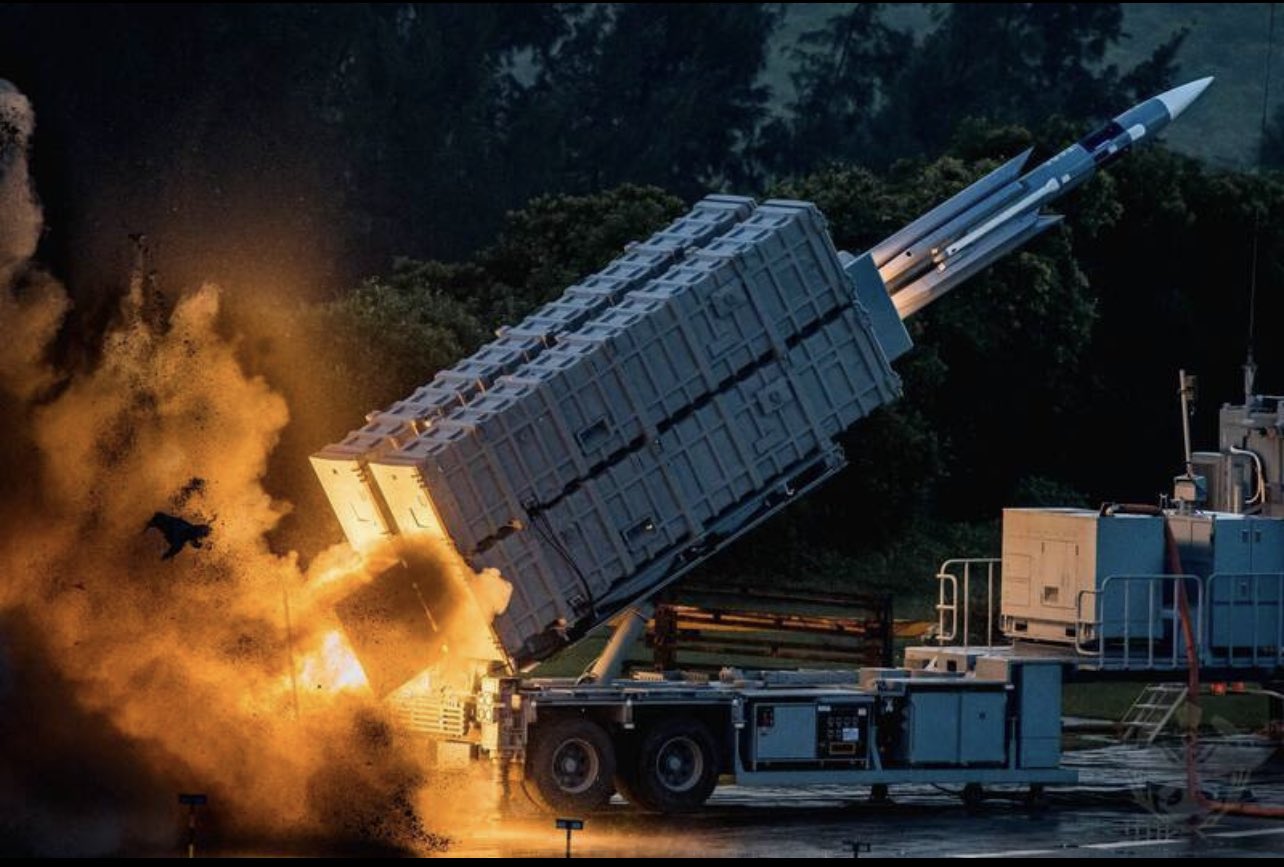On November 28, 2022, Ukraine’s Foreign Minister Dmitry Kuleba, speaking about his forthcoming participation in the NATO Foreign Affairs Ministers’ meeting in Bucharest and the OSCE meeting in Lodz, said, “At the meetings in Bucharest and Lodz, I will have two key messages: Patriot and transformers.” He was referring to the US Patriot AD missile system.
In a press conference following the first session of the NATO Foreign Affairs Ministers’ meeting, a reporter asked General Jens Stoltenberg why the US was unwilling to give Ukraine Patriot air defense systems when it has given the system to other non-NATO countries.
In his response, the NATO Secretary skirted the question but confirmed that there is an ongoing discussion between the US and its NATO allies on providing Ukraine with Patriot systems.
Also, on November 9, 2022, answering a journalist’s question at a routine press briefing, Pentagon spokesman Air Force General Patrick Ryder said, “We have no plans to transfer Patriot complexes to Ukraine.”
Elaborating on his statement, the General added that providing Ukraine with air defense systems is one of the priorities of the US military department. “We will continue to have discussions about this. If we have something to announce, we will do it,” he added.
The studied ambivalence of US and NATO officials didn’t fool Dmitry Medvedev, Deputy Chairman of the Security Council of the Russian Federation.
Reacting to Stoltenberg’s statement, Medvedev wrote a post on his Telegram channel stating, “If, as [NATO Secretary General Jens] Stoltenberg hinted, NATO supplies Kyiv fanatics with Patriot complexes along with NATO personnel, they will immediately become a legitimate target of our armed forces.”
Earlier, German Defense Minister Christine Lambrecht told the Rheinische Post that Germany was ready to supply Patriot batteries to Poland to defend against missile attacks from Ukrainian airspace.

Strangely, her Polish colleague Mariusz Blaszczak suggested that Germany instead supply the batteries to Ukraine. (Poland has already ordered an advanced variant of the Patriot system that combines the capabilities of Israel’s David’s Sling program with Patriot PAC-3 radars).
The German defense minister dismissed the Polish suggestion saying that placing Patriot batteries in Ukraine would require close consultations with NATO partners.
Reasons For Western Hesitancy & Medvedev’s Threat
Clearly, there is something about the Patriot system that makes the US and some NATO countries wary of handing it over to Ukraine. But then, why are they considering the option?
Also, why is Medvedev warning of escalation?
The M-104 Patriot is a mobile medium-range surface-to-air missile system capable of engaging aircraft, ballistic missiles, and drones. It’s the primary AD missile system of the US Army and several NATO countries.
The system has also been sold to non-NATO countries such as Israel, Jordan, Saudi Arabia, Kuwait, Japan, Morocco, Qatar, UAE, Taiwan, etc.
The Patriot missile system features advanced technology subsystems such as a single PESA/AESA radar that is capable of tracking multiple targets while at the same time guiding interceptors missiles to the target.
In most AD systems, the functionality is divided between two radars – one for tracking and the other for missile guidance. The patriot interceptor missile itself features active homing, with variants featuring active and passive homing.
The maximum range of the system is 70 km. The PAC-2 variant is able to intercept targets up to an altitude of 20 km (66,000 ft) and the PAC-3 up to 40 km (130,000 ft).
Unlike Russian missile systems such as the S-300, S-350, S-400, and S-500, which use multiple types of missiles, with each type honed to engage a different type of target, the Patriot systems use a single type of interceptor missile for drones, aircraft, and ballistic missiles.
What that means is if the Patriot interceptor fired at a drone at 200 ft altitude were to go astray, it could well hit a US / NATO aerial asset flying at 60,000 ft., providing intelligence or aircover to Ukrainian forces.
In contrast, the missile fired by S-400 to engage a drone would not have the capability to engage a high-flying target.
As per open source intelligence, the final engagement authority for Patriot units rests with the Regional or Sector Air Defense Commander (RADC/SADC), who is located either on a U.S. Navy guided missile cruiser or on a USAF AWACS aircraft.
It’s likely that the Pentagon’s guarded response to the Ukrainian request for Patriot systems and Medvedev’s statements have something to do with the imperative to keep a US Commander in the loop.
What Medvedev implied in his statement was that the US commander sitting in the AWAC overseeing Ukrainian Patriot engagements would be fair game for the Russian fighter-launched RVV-BD air-to-air (A2A) missile or S-400 system-launched 40N6E missile.
And that could start World War 3!
Anti-Ballistic Missile Capability
The Patriot’s ability to engage ballistic missiles also is unlikely to be taken lightly by Russian military leaders. Deployed in large numbers in Ukraine, Patriot systems could very effectively counter any ballistic missiles that Russia may procure from Iran in the future to attack Ukrainian infrastructure.
Iranian-origin missiles such as the 300-km range Fateh-110 and the 700 km range Zolfaghar follow a simple ballistic trajectory and would be an easy game for the Patriot interceptor, unlike Russian ballistic missiles like the Iskander which maneuver to avoid interception.
Russia is unlikely to keep ceding its options to avoid a direct clash with NATO, while NATO keeps pushing it ever harder into a corner.
- Vijainder K Thakur is a retired IAF Jaguar pilot. He is also an author, software architect, entrepreneur, and military analyst. VIEWS PERSONAL
- Follow the author @vkthakur




